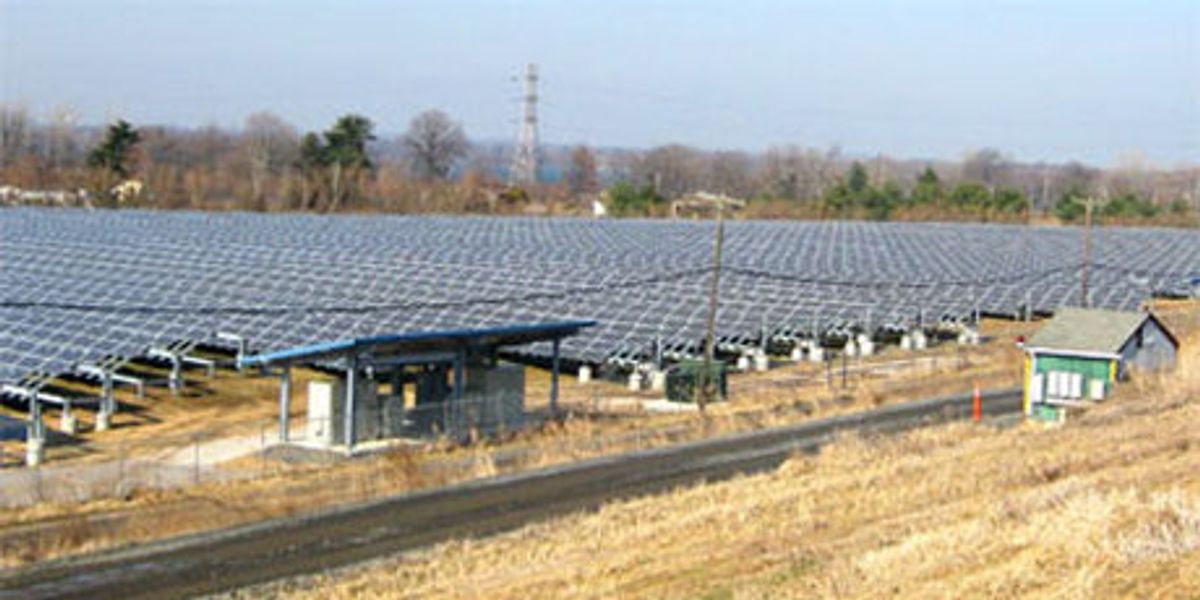The Manhattan Institute, a public policy research outfit with a free-market and somewhat libertarian orientation, has issued a report arguing that renewable energy credits (RECs) represent an excessively expensive way of addressing environmental concerns and promoting green technology. The REC is a device employed by the 29 states plus the District of Columbia and Puerto Rico that have adopted renewable portfolio standards, sometimes with special "carve-outs" for solar energy. Grid participants unable to meet mandated targets for renewable generation purchase tradeable credits from those that can, where a single REC represents one MWh of green energy delivered. Thus, the REC is a means of delivering subsidies to producers of green energy that are paid for by producers of dirty energy.
The REC, and even perhaps some of the purposes the REC is meant to serve, is not popular among the kinds of people who write for the Manhattan Institute. As they see it—and arguably they are right—the REC is a poorly concealed substitute for a carbon emissions credit, which in turn is a poorly concealed substitute for a carbon tax. Nevertheless, the Manhattan Institute has a record of producing serious work that is respected by people who do not necessarily share the institute's general point of view. This latest report, "The High Cost of Renewable Energy Mandates," by Robert Bryce, deserves attention as a first stab at assessing the overall costs to consumers of RECs.
Basically Bryce compares the costs of electricity in states that have renewable energy mandates with costs in states that do not and finds that rates have gone up much more in states that do have such mandates. "The gap is particularly striking in coal-dependent states—seven such states with RPS mandates saw their rates soar by an average of 54.2 percent between 2001 and 2010, more than twice the average increase experienced by seven other coal-dependent states without mandates," reports Bryce. Though he devotes detailed attention to certain states such as California, Oregon and Washington, he does not try to disentangle the precise mix of reasons that have produced higher rates in states with portfolio standards, and nor does he claim to.
Bryce notes that tightening regulation of coal generating plants and higher expenditures on power transmission also have been major factors in driving up electricity costs. Citing figures from the Edison Electric Institute, Bryce says that "member companies spent over $55 billion on transmission projects between 2001 and 2009. Another $61 billion will likely be spent on transmission projects from 2010 through 2021."
However superficial, the Manhattan Institute report suggests worryingly that the costs of promoting wind and especially solar energy may start catching up with policy-makers and produce a political backlash, as we have been witnessing in Europe.
PHOTO: this small solar plant on the banks of the Delaware River in Bucks County, Penn., is an example of a facility that would not have been built in the absence of RECs.


